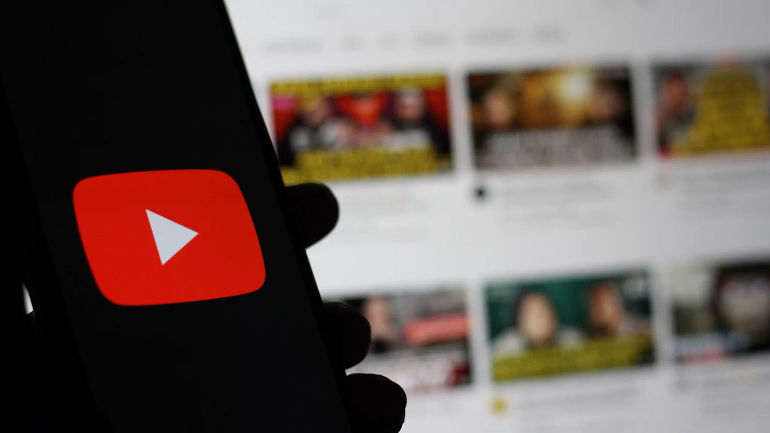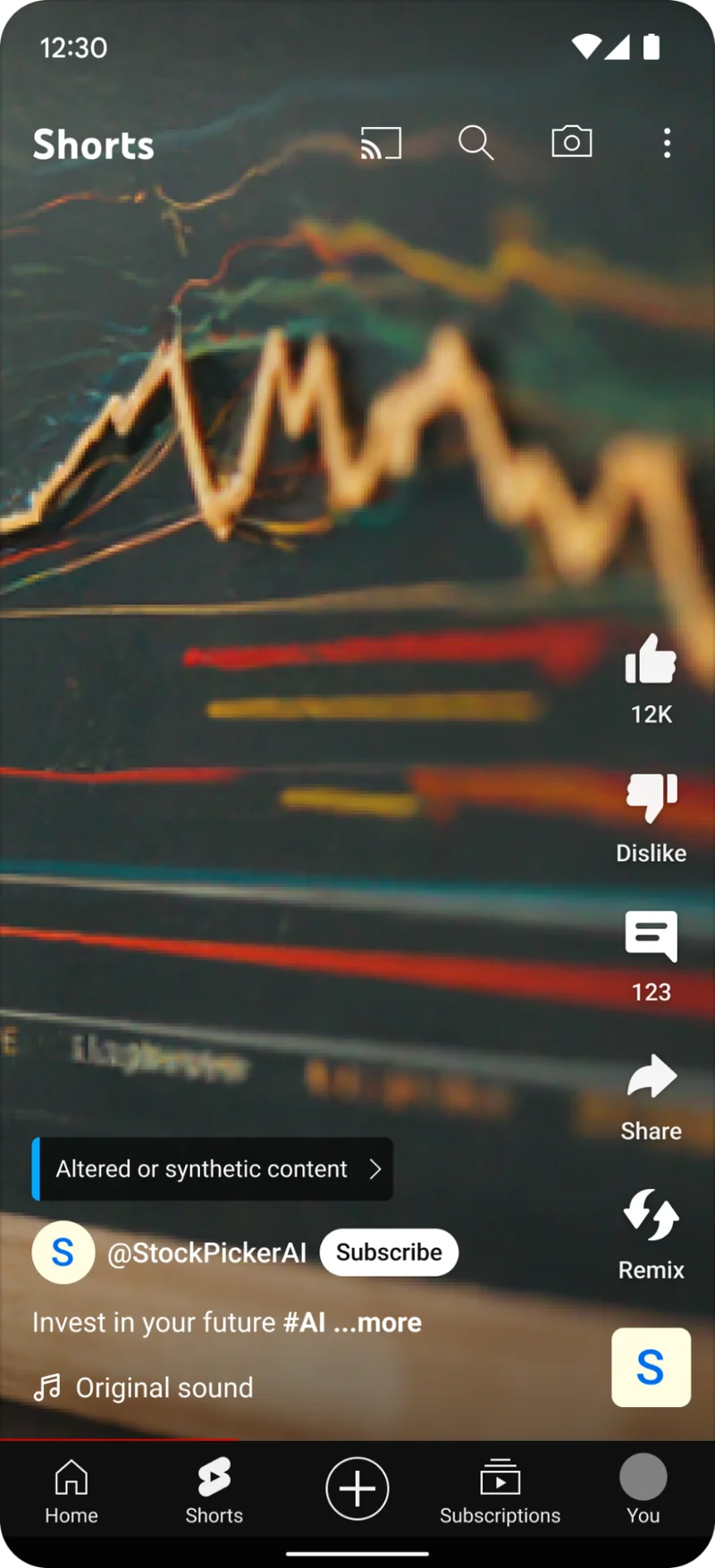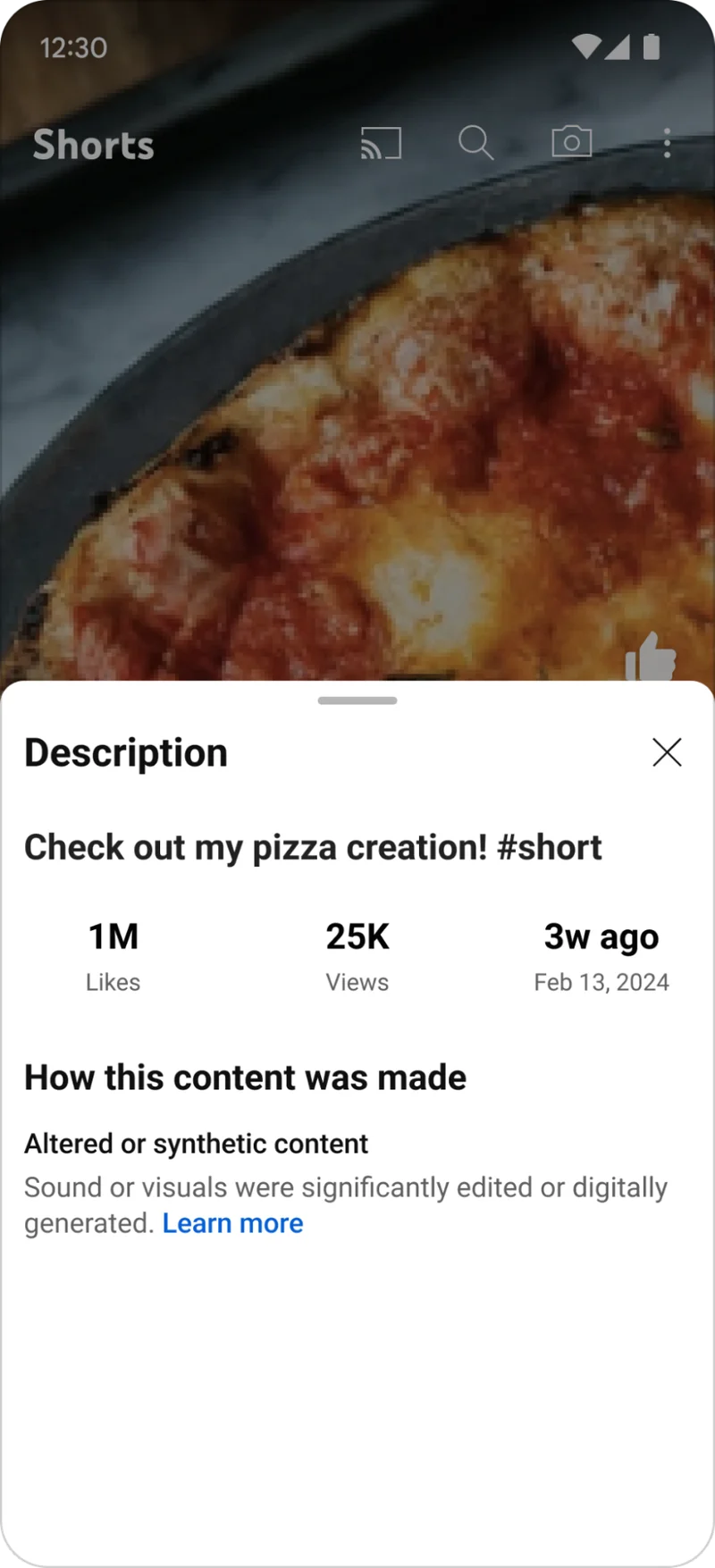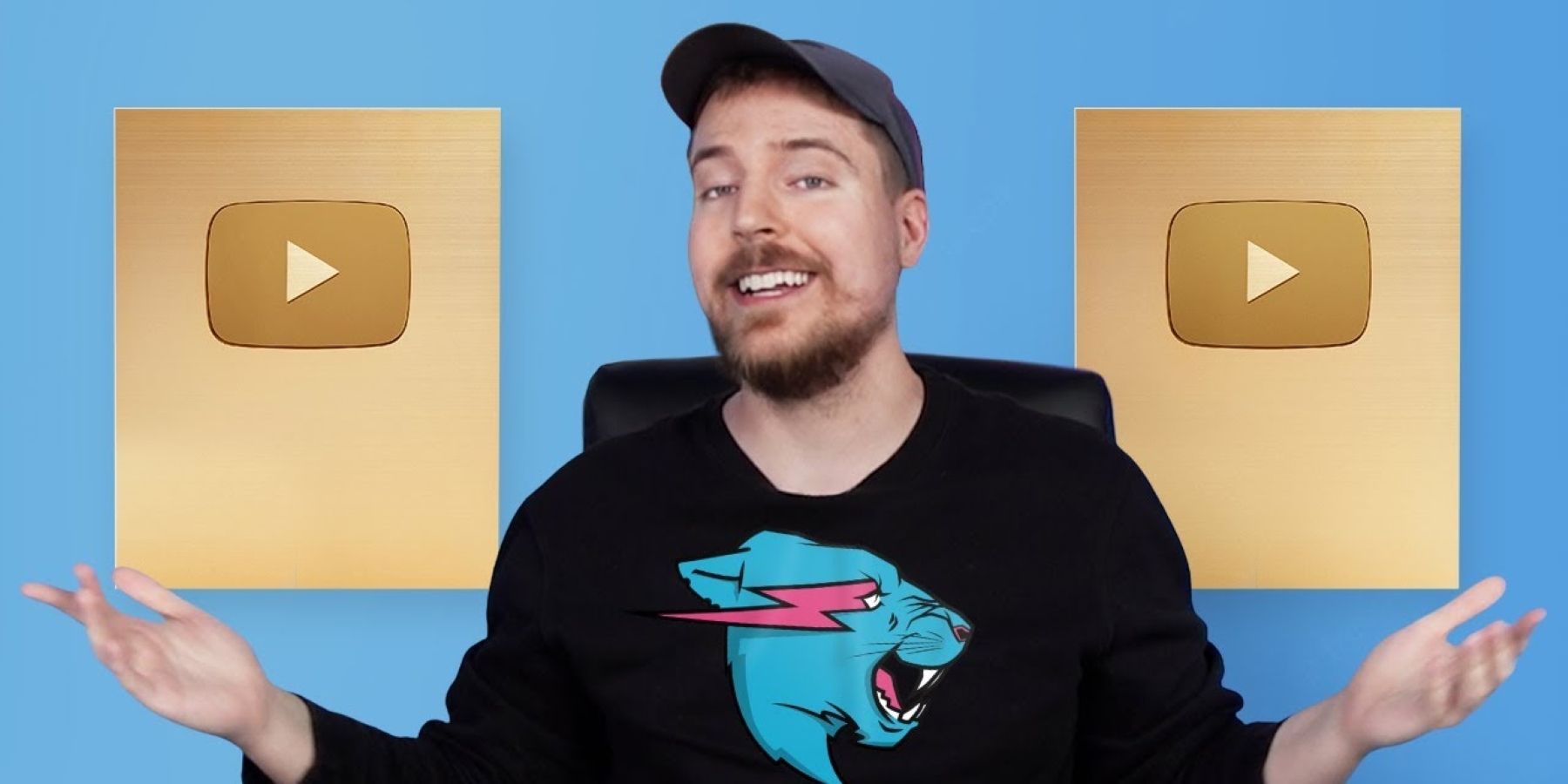
YouTube Requires Creators to Disclose AI-Generated Videos

YouTube mandates creators to disclose AI-generated content to assist viewers in distinguishing between authentic and synthetic videos.
YouTube has introduced a new tool in Creator Studio that creators must use to disclose if their videos contain realistic content created or changed by AI.
According to YouTube's announcement:
Viewers are seeking more clarity on whether the content they are watching has been altered or created using artificial intelligence or other synthetic means. To meet this need, YouTube will require creators to disclose when a video includes content that may appear real but has actually been generated or edited using generative AI or similar technology.
Disclosure Labels & Requirements
Disclosures will appear as labels in the expanded description or directly on the video player.
YouTube Introduces Mandatory Disclosure For AI-Generated Content
Screenshot from: blog.youtube/news-and-events/disclosing-ai-generated-content/, March 2024.
YouTube Introduces Mandatory Disclosure For AI-Generated Content
Screenshot from: blog.youtube/news-and-events/disclosing-ai-generated-content/, March 2024.
YouTube believes this new label will “strengthen transparency with viewers and build trust between creators and their audience.”
Examples of content that will require disclosure include:
Digitally altering a video to replace one person’s face with another’s.
Synthetically generating a person’s voice for narration.
Altering footage of actual events or places to make them appear different from reality.
Generating realistic scenes depicting fictional significant events.
Exceptions To Disclosure
Creators on YouTube are not required to disclose their use of generative AI when it is used for productivity purposes. This includes tasks like generating scripts, content ideas, or automatic captions.
Disclosure is not required for minor changes like color adjustments, lighting filters, special effects, or beauty filters.
Rollout & Enforcement
The new labels will be introduced on all YouTube platforms over the next few weeks, beginning with mobile devices and later extending to desktop and TV.
Creators will have a grace period to adapt to the changes, but YouTube may introduce penalties for those who repeatedly do not disclose their use of AI-generated content in the future.
YouTube may add a label in certain situations, especially when the altered or synthetic content could cause confusion or mislead viewers, even if the creator did not disclose it.
YouTube is currently improving its privacy procedures to enable users to ask for the deletion of AI-generated or synthetic content that mimics a recognizable individual, such as their face or voice.
In Summary
As viewers demand more transparency, marketers must be upfront about using AI-generated content to remain in good standing on YouTube.
While AI can be a powerful tool for content creation, marketers should strive to balance leveraging AI’s capabilities and maintaining a human touch.
FAQ
What is the impact of YouTube’s new policy on AI-generated content disclosure for content creators?
Content creators are now required to inform viewers if their videos contain AI-generated or heavily edited content that imitates real-life situations.
Disclosure labels will be added in video descriptions or directly on the player.
Failure to comply with disclosure requirements could result in YouTube taking enforcement measures.
Exceptions to YouTube’s Mandatory AI Content Disclosure Requirements
Content created using AI for producing unrealistic or animated content, such as special effects and production assistance, is not required to disclose the use of AI.
This also applies to minor adjustments like color correction, lighting filters, or beautification enhancements.
What actions will YouTube take if creators do not disclose AI-generated content?
YouTube may add a disclosure label in cases where AI-generated content could mislead viewers, if the creator hasn’t done so.
Creators will be given a grace period to adapt to the new policy, but continued failure to comply may result in enforcement actions.
YouTube is refining its privacy guidelines to allow individuals to request the removal of AI-generated content that uses their likeness without consent.
Featured Image: Muhammad Alimaki/Shutterstock
Editor's P/S:
The introduction of YouTube's new disclosure tool for AI-generated content is a significant step towards enhancing transparency and building trust on the platform. As viewers increasingly seek clarity on the authenticity of videos, this move empowers creators to be upfront about their use of AI, fostering a sense of accountability and credibility. Additionally, it allows viewers to make informed choices about the content they consume, fostering a more informed and discerning audience.
Furthermore, the exceptions and enforcement guidelines outlined in the article provide a balanced approach that encourages responsible AI use while acknowledging its potential benefits. By exempting AI-generated content used for productivity purposes and minor editing, YouTube strikes a compromise between transparency and innovation. However, the threat of penalties for non-disclosure serves as a reminder of the importance of compliance, ensuring that creators prioritize ethical and responsible practices in their content creation. practices, YouTube is paving the way for the responsible integration of AI into the digital media landscape.















